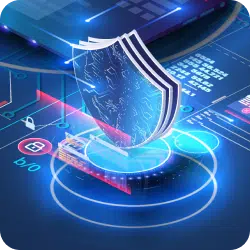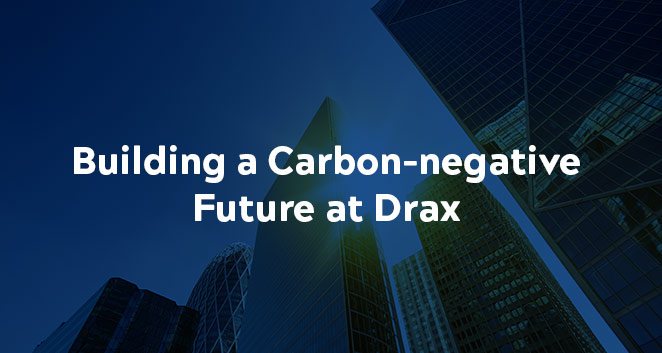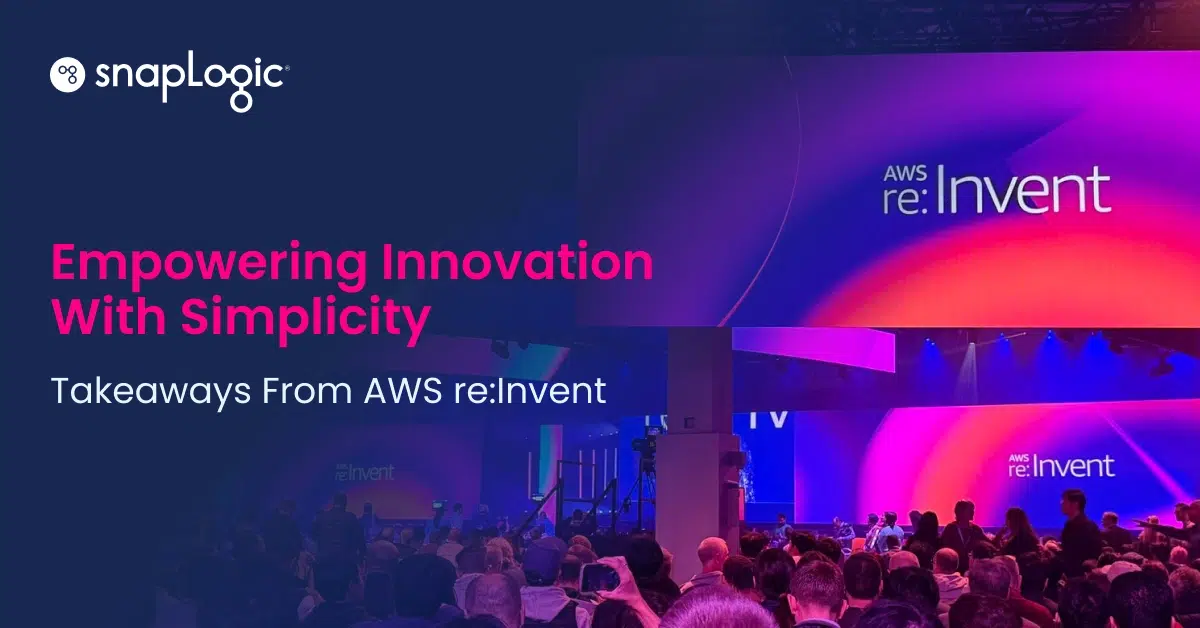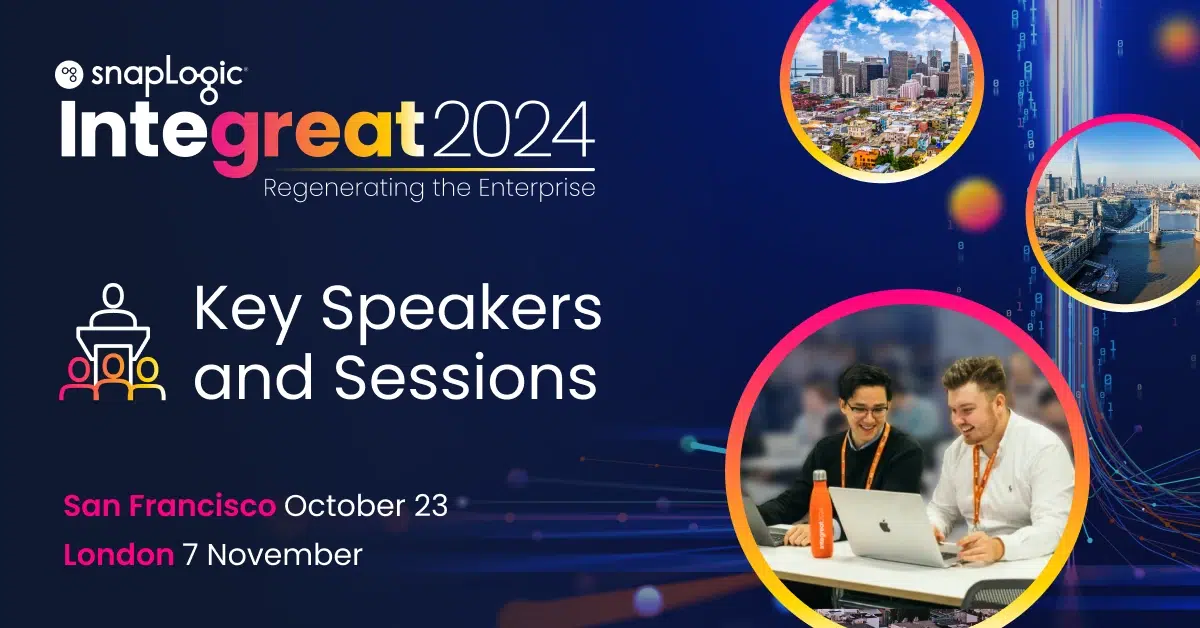I recently had the opportunity to host a panel with two leaders in the energy industry: Schneider Electric and Drax. It was refreshing to hear how the energy industry is going through an evolution with renewable energy, and how their organizations are evolving to meet changing customer and environmental demands. Regardless of how each energy leader moves ahead of disruptions in the industry, one thing is clear. They are committed to giving citizens access to low-cost, renewable energy without compromising the environment. Read my previous blog on how Schneider Electric is transforming the way its employees work here.
Drax seeks to become a carbon-negative company by 2030. Their CIO, Mark Leonard, shared that in order to meet their goals of enabling a zero-carbon, lower-cost energy future, they had to change their underlying technology architecture. Their legacy IT environment was complex with many disparate data sources that were too slow and costly to manage. Mark re-imagined their technology architecture by modernizing their apps and integrations to support the company’s long-term goals.
During his session, Mark shared with us the Drax Target Architecture, which includes three technology pillars: Integration Hub, Data Hub, and Microservices Hub. Each hub is interlinked with the other hubs so that the stakeholders can make the most business impact from their data. For example, the Integration Hub, built on SnapLogic, enables the business to connect to their legacy systems (on-premises) as well as newer technologies (SaaS) and external sources. Then data is funneled into their Data Hub to gain valuable insights, and develop new applications via the Microservices Hub.

Once the Drax Target Architecture is activated, Mark and his team help automate end-to-end business processes for their Hilltop Projects. For example, they optimize the customer experience by providing their clients with greater visibility into the energy consumption of their electric vehicles. By monitoring their energy consumption on the customer portal and mobile app, Drax’s clients are better able to manage their EV usage, energy consumption, and energy efficiency. The company also implemented their Forest 2 Furnace project, and has complete visibility into the end-to-end wood transportation journey that travels from the United States to the UK so that they have better insights for their supply chain digital twin and better KPI management. Finally, they have automated the Procure 2 Pay process, digitizing the entire process while gaining better supplier insights.

By modernizing their architecture and putting enterprise automation at the forefront on all their Hilltop Projects, Drax can accelerate their goal of building a carbon-negative future.
Missed the Enterprise Integration Summit? Watch the sessions on-demand.








